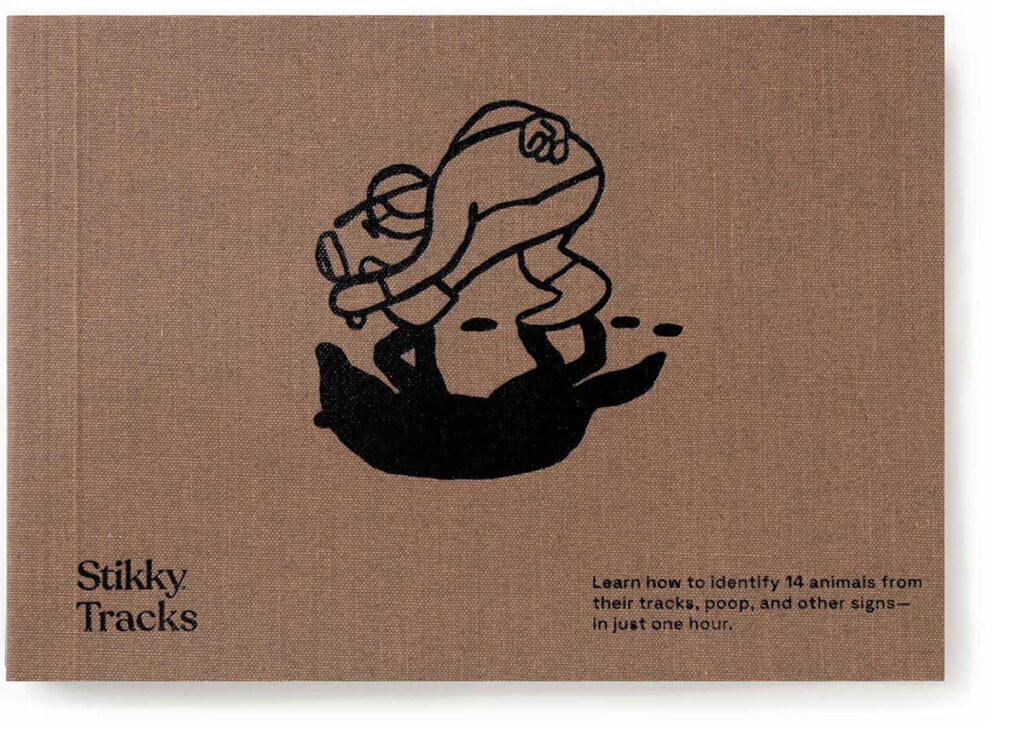(Nonfiction, 2023)
Stikky’s “Night Skies” book promised that I would “learn six constellations, four stars, a planet, a galaxy, and how to navigate at night in just one hour.” And their “Tracks” book, in which I expected to learn nothing, since I’ve studied and even taught about scat and tracks for years, promised I would “learn how to identify 14 animals from their tracks, poop, and other signs–in just one hour.”

There were a few things that made the Stikky format work for me. The information was simple and came with easy-to-read diagrams and photos. After each new concept, diagram, or trait, the past info was restated with a chance to review. There were activities on each page that speak to brains that learn in other ways as well. The books use pneumonic devices, puns, and lots of pictures to illustrate the information being shared. Those activities, especially in the “Night Skies” book, gave a sense of real-world practice to store the information in longer lasting brain centers.

As confident as I was that the “Tracks” book had nothing new for me, I was delighted to learn the words “plantigrade” and “digitigrade.” I now know how to tell the difference between a coyote track and a dog track. And the difference between raccoon and possum. While some of the photos in the “Tracks” book were hard to make out, the illustrations equated shapes within tracks to shapes you probably learned in geometry.
I learned the most from the “Starry Skies” book. Stikky, well, made things stick. Each night this week, as I was going to sleep, I drew a star map in my head, reviewing how to find Polaris, Pleiades, and Cassiopeia in the night sky. I felt like I was surrounded by my very own celestial friends. Stikky books are a unique resource for curious learners of any age. Stikky.com. (Carol Corbin)













